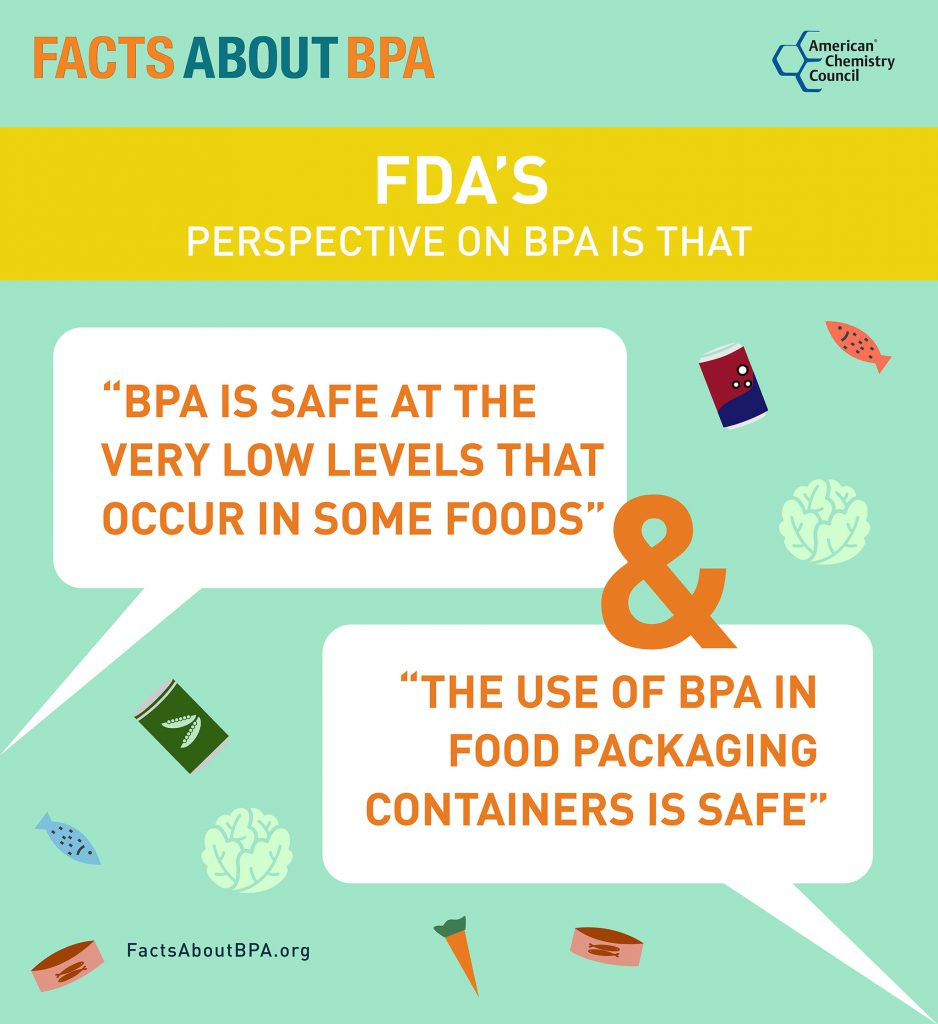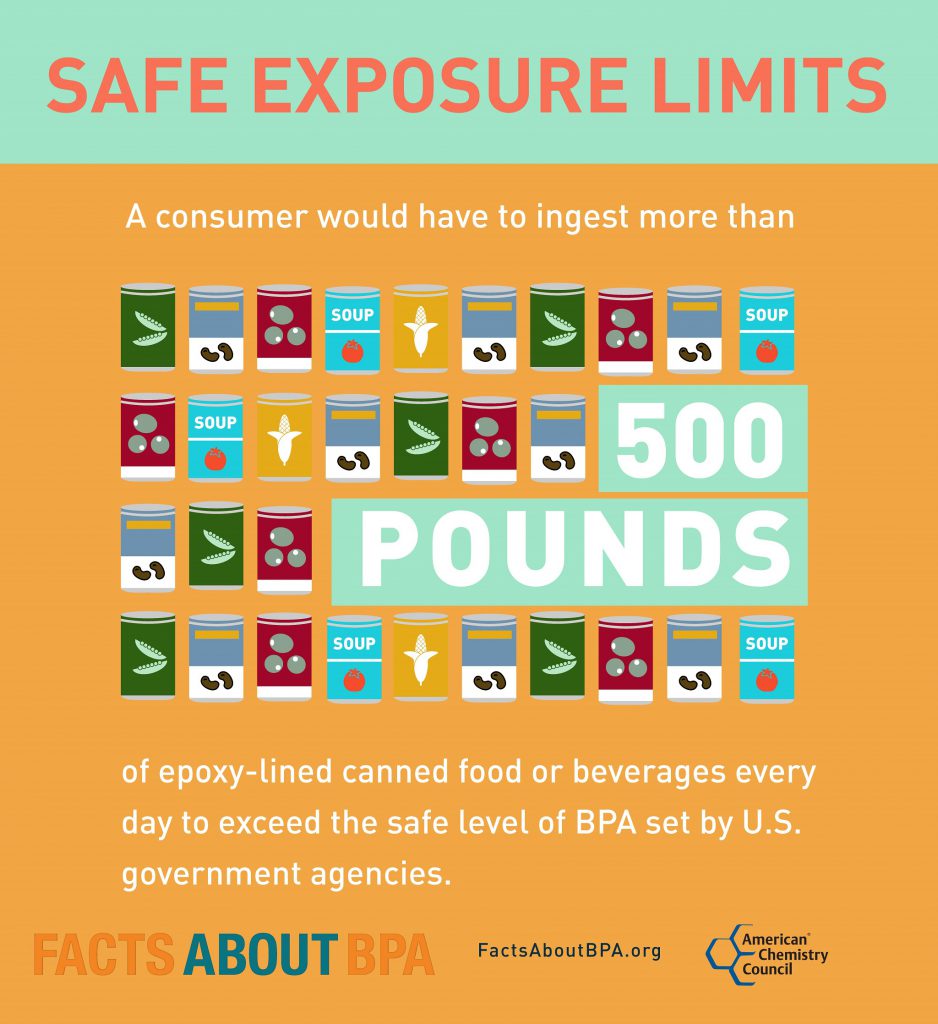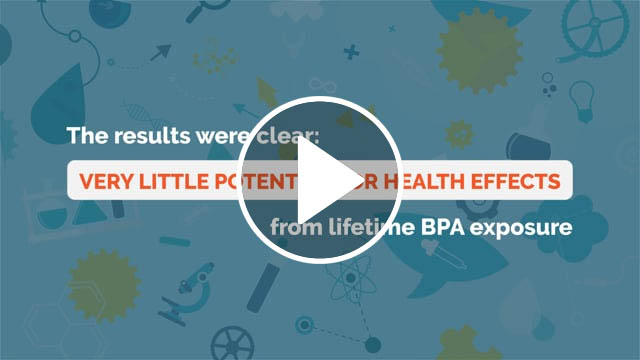Why Is BPA Used in Some Plastics?
The Basics of What BPA Is
BPA stands for Bisphenol A. BPA is an extraordinarily well-studied, building-block chemical used primarily to manufacture durable epoxy resins and strong, clear polycarbonate plastic.
In recent years, a great deal of attention has focused on BPA as it is used to make materials that come in contact with food, which are approved by the U.S. Food and Drug Administration (FDA). For more information about BPA’s use in food contact products, watch our video:
And based on FDA’s ongoing safety review of scientific evidence, the available information continues to “support the safety of BPA for the currently approved uses in food containers and packaging.” It is important to note that scientific experts at FDA, and other government bodies around the world, including Health Canada, the German Federal Institute for Risk Assessment and Food Standards Australia New Zealand, review the full weight of the scientific evidence when making decisions about safety.
Why is BPA Used?
From protective food can linings to eyeglasses to bullet-resistant security shields used by police officers, polycarbonate plastic and epoxy resins have been used for decades. The unique attributes of epoxy resins and polycarbonate plastic provide high-performance benefits in a wide array of consumer and industrial products that perform well in tough settings.
Auto parts, building materials, safety equipment, medical supplies, and many other products depend on high-performance materials made from BPA. The wide array of beneficial products made with BPA contributes to consumer safety and energy efficiency, and provides other environmental benefits.
Learn more about what products and materials use BPA.
Is BPA safe?
Yes, FDA says BPA is safe. Based on government research, along with results from other studies, the U.S. Food and Drug Administration (FDA) reconfirmed the question “Is BPA Safe?” in 2018. In the last several years, U.S. federal government scientists have been conducting in-depth studies to answer key questions and clarify uncertainties about the safety of BPA. To date, more than 20 of these studies have been published in the peer-reviewed scientific literature.
Access a library of significant studies on BPA to learn more about the science.
Learn more about the safe exposure limits of BPA.
What have other government bodies said about BPA?
Government bodies have assessed BPA, and they have found that it is safe as used in materials that come into contact with food, such as reusable food-storage containers and linings in metal food cans. Health Canada is among the government agencies that have conducted assessments on BPA.
On September 27, 2012, Health Canada announced that current exposures to BPA from food contact applications are not expected to pose a health risk, including for infants and children, and are lower than previously estimated. The announcement reconfirmed Health Canada’s 2008 conclusion that dietary exposure to BPA does not pose a health risk.
For more key government reviews of BPA safety, see the top right sidebar of this page, or access a library of key government assessments.
Now that you know what BPA is, you can stay up-to-date on the latest BPA news and resources by checking BPA News, following our blog, and by exploring these additional resources that provide information on BPA safety.



